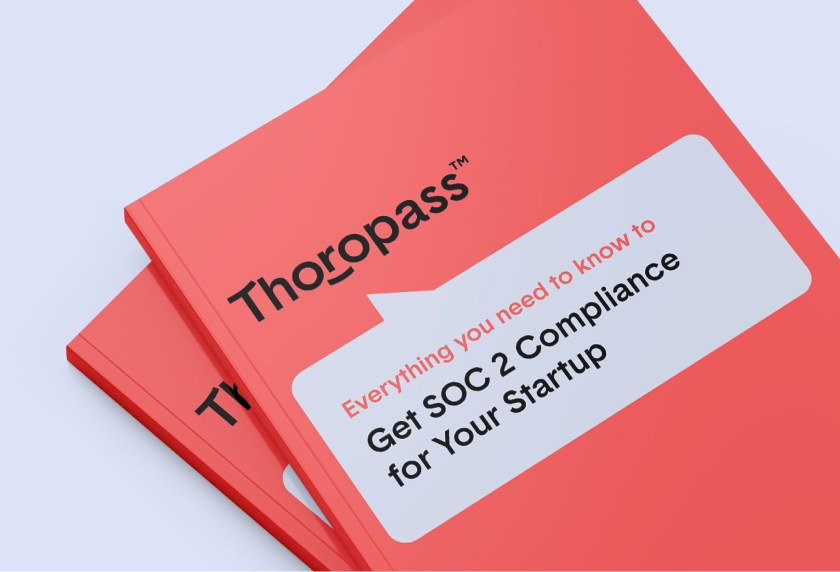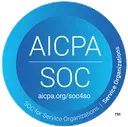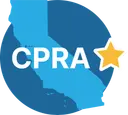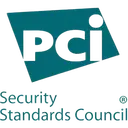Protecting customer data isn’t just about checking a compliance box—it’s about building trust. Whether you’re new to SOC 2 or looking to streamline an existing process, understanding which controls apply to your organization is pivotal.
SOC 2 controls are based on the Trust Services Criteria deemed applicable to your organization. These controls are crucial for protecting sensitive information, including customer data, from unauthorized access and ensuring confidentiality. A SOC 2 report focuses on non-financial criteria related to security, availability, confidentiality, processing integrity, and privacy.
Modeled around policies, communications, procedures, and monitoring, Trust Services Criteria each have corresponding controls.
Why SOC 2 controls matter
SOC 2 controls are crucial for protecting sensitive information, including customer data, from unauthorized access and ensuring confidentiality. A SOC 2 report focuses on non-financial criteria related to security, availability, confidentiality, processing integrity, and privacy.
Modeled around policies, communications, procedures, and monitoring, Trust Services Criteria each have corresponding controls.
Get more information on SOC 2 Trust Services Criteria.
What are SOC 2 requirements?
SOC 2 requirements change according to the type of information a business needs to secure.
A service organization should select the Trust Services Criteria requirements relevant to their business and the commitments they make to their customers. However, security is required and referred to as “Common Criteria.”
The SOC 2 controls we list here are an overview of those you may need to implement for your SOC 2 report. The ones that are relevant to your business should be selected by your CISO and management team.
SOC 2 Controls list
While there are many controls associated with each of the five TSCs, controls associated with the common criteria include common IT general controls. Security controls are fundamental in protecting systems and customer data from unauthorized access and threats.
Control Environment
- Set a tone of integrity from the top down. Board-level oversight ensures that ethical values are more than an afterthought and that individuals are held accountable for upholding internal controls.
- Implementation Tip: Craft a clear code of conduct that leadership actively promotes.
- Common Pitfalls: Failing to communicate expectations consistently and not providing the needed support for compliance.
- These SOC 2 controls relate to a commitment to integrity and ethical values.
- Implementation Tip: Regularly review and update policies to ensure they reflect current ethical guidelines.
- Common Pitfalls: Treating ethics as a one-time training rather than an ongoing culture initiative.
- Involvement of the board of directors and senior management’s oversight relating to the development and performance of internal controls.
- Implementation Tip: Schedule periodic board reviews to assess control performance.
- Common Pitfalls: Overlooking the need for top-level engagement, resulting in weak accountability.
- Hold individuals accountable for their internal control responsibilities.
- Implementation Tip: Set measurable KPIs tied to control compliance.
- Common Pitfalls: Lack of clarity around roles and responsibilities leads to gaps in accountability.
Communication and Information
- This includes SOC 2 controls related to the internal and external use of quality information to support the functioning of internal control.
- Implementation Tip: Define clear channels for sharing updates and alerts across your organization.
- Common Pitfalls: Relying on informal communications that don’t document critical decisions or actions.
Risk Assessment
- This requests the identification and assessment of risk relating to objectives, including fraud, and emphasizes the importance of risk mitigation controls in identifying and assessing potential risks.
- Implementation Tip: Conduct regular risk assessments and maintain a risk register.
- Common Pitfalls: Ignoring emerging threats or failing to update risk analyses as your environment evolves.
SOC 2 Type 2 controls explained
SOC 2 Type 1 controls describe a service organization’s system and the suitability of its design at a specific point in time, while Type 2 controls extend this assessment over a period—typically 6–12 months. This longer timeframe shows they’re not just in place but also operating effectively over time.
Now that we’ve discussed the core controls, let’s explore how to put them into practice.
How to implement SOC 2 controls
Define policies and processes
Clearly outline which security policies are needed and how they’ll be enforced. Regularly review and update documentation to keep pace with organizational changes.
Deploy technical solutions
Use encryption, access controls, and monitoring tools to secure data effectively. Align these tools with your SOC 2 scope to ensure all relevant areas are covered.
Train your team
Conduct regular security awareness training. Make compliance part of the organizational culture so everyone understands their role in protecting data.
Continuous monitoring
Implement ongoing checks to ensure controls remain effective. Automated alerts help you catch vulnerabilities before they become issues.

Continued reading
The 10 risks you should be monitoring at your organization
While you consider which methodology to adopt, understand the risks every business should be tracking to maintain their security posture.
SOC 2 compliance cost and timeline
Achieving SOC 2 compliance can vary in cost—anything from a few thousand dollars to a significant budget line item—depending on scope and complexity. Timelines often range from several months for a Type 1 report to 6–12 months for Type 2. Using an all-in-one compliance platform can streamline evidence collection, reduce manual effort, and bring both costs and timeframes down.
Additional SOC 2 criteria
Besides security, the SOC 2 framework includes criteria covering availability, confidentiality, processing integrity, and privacy. Each criterion ensures that an organization handles data responsibly and meets client expectations. Depending on your business model, you might need to address all relevant criteria to gain a comprehensive SOC 2 attestation.
Find examples of additional SOC 2 control categories and control types that satisfy these categories below.
Privacy:
Provides notice of privacy practices to relevant parties.
Notice around collection, use, retention, disclosure, and disposal of personal information is updated and communicated in a timely manner.
Processing Integrity:
Obtains or generates, uses, and communicates relevant, quality information regarding the SOC 2 objectives related to processing.
This includes definitions of processed data, and product and service specifications, to support the use of products and services.
Confidentiality:
Identifies and maintains confidential information to meet SOC 2 objectives related to confidentiality.
- Retention and Classification
- Disposal of Information
Availability:
Maintains, monitors, and evaluates current processing capacity and use of system components like infrastructure, data, and software.
- System Capacity
Maintaining processing capacity and use of system components (infrastructure, data, and software) to manage demand and enable the implementation of additional capacity to help meet objectives.
- Backups and environmental controls
- Recovery controls
Get the SOC 2 Guide
Interested in learning more about SOC 2?
Download the guide to dive deeper into the world of SOC 2 and how it can benefit your organization.

Related Posts
Stay connected
Subscribe to receive new blog articles and updates from Thoropass in your inbox.
Want to join our team?
Help Thoropass ensure that compliance never gets in the way of innovation.














.png)